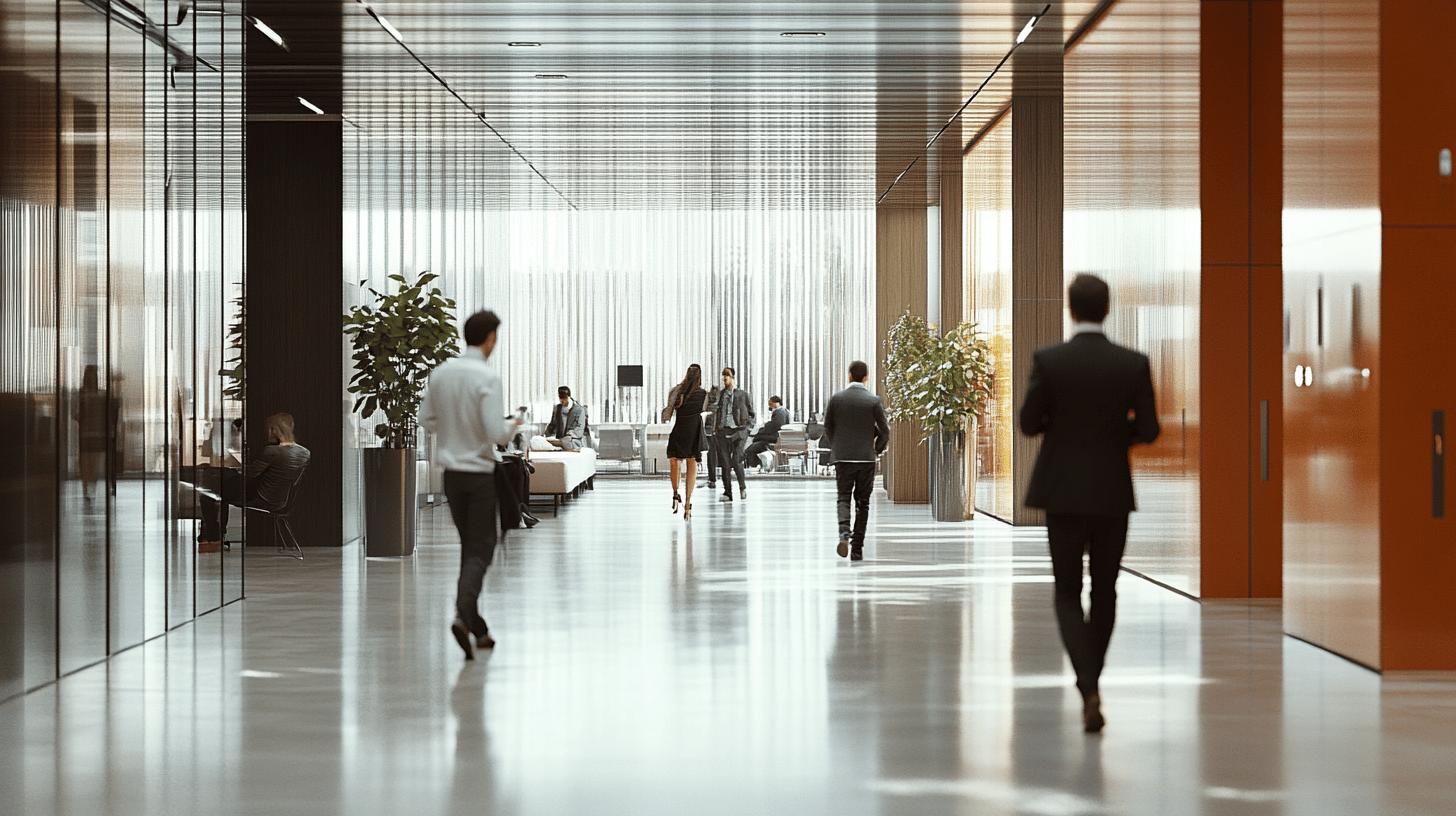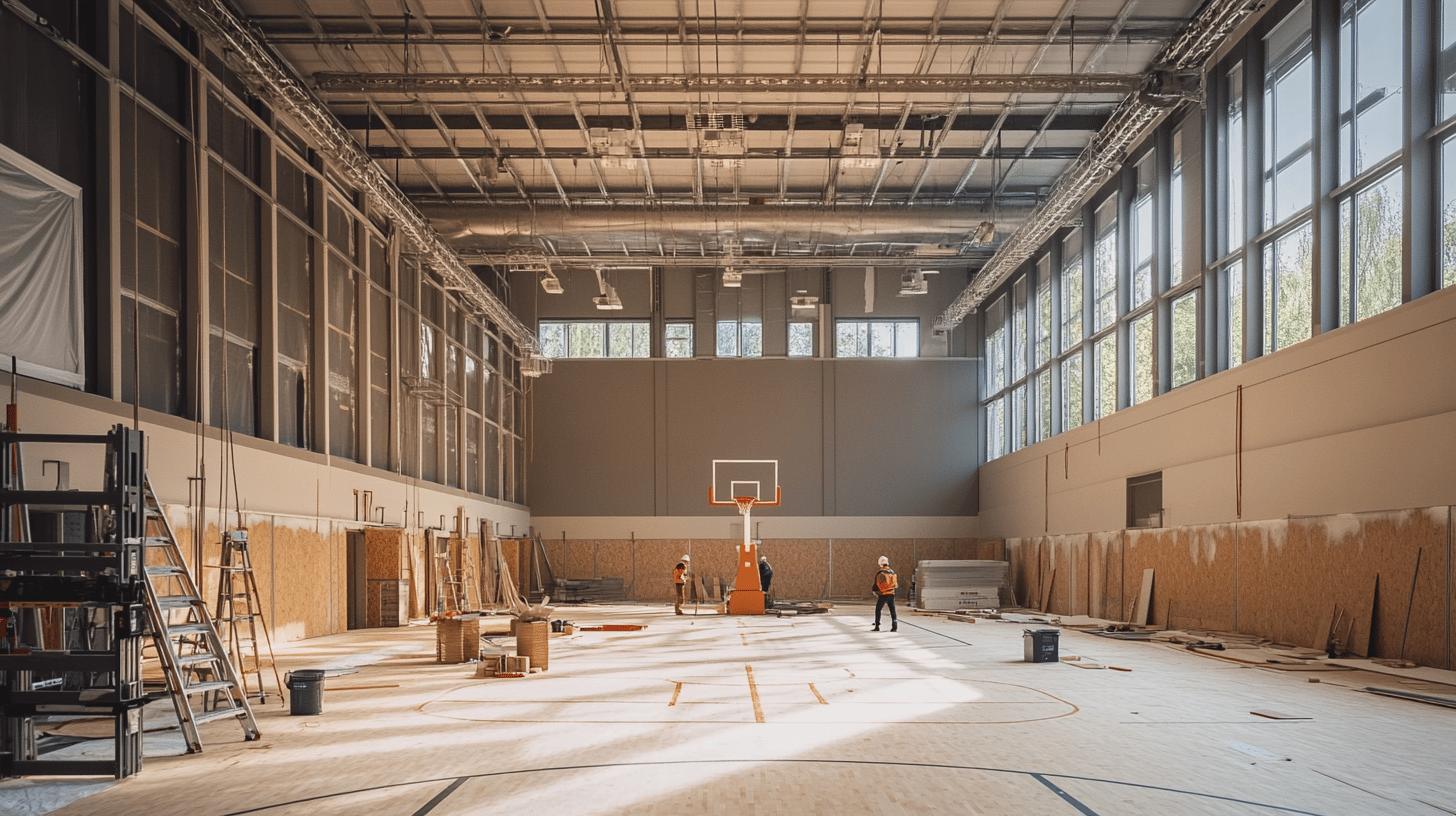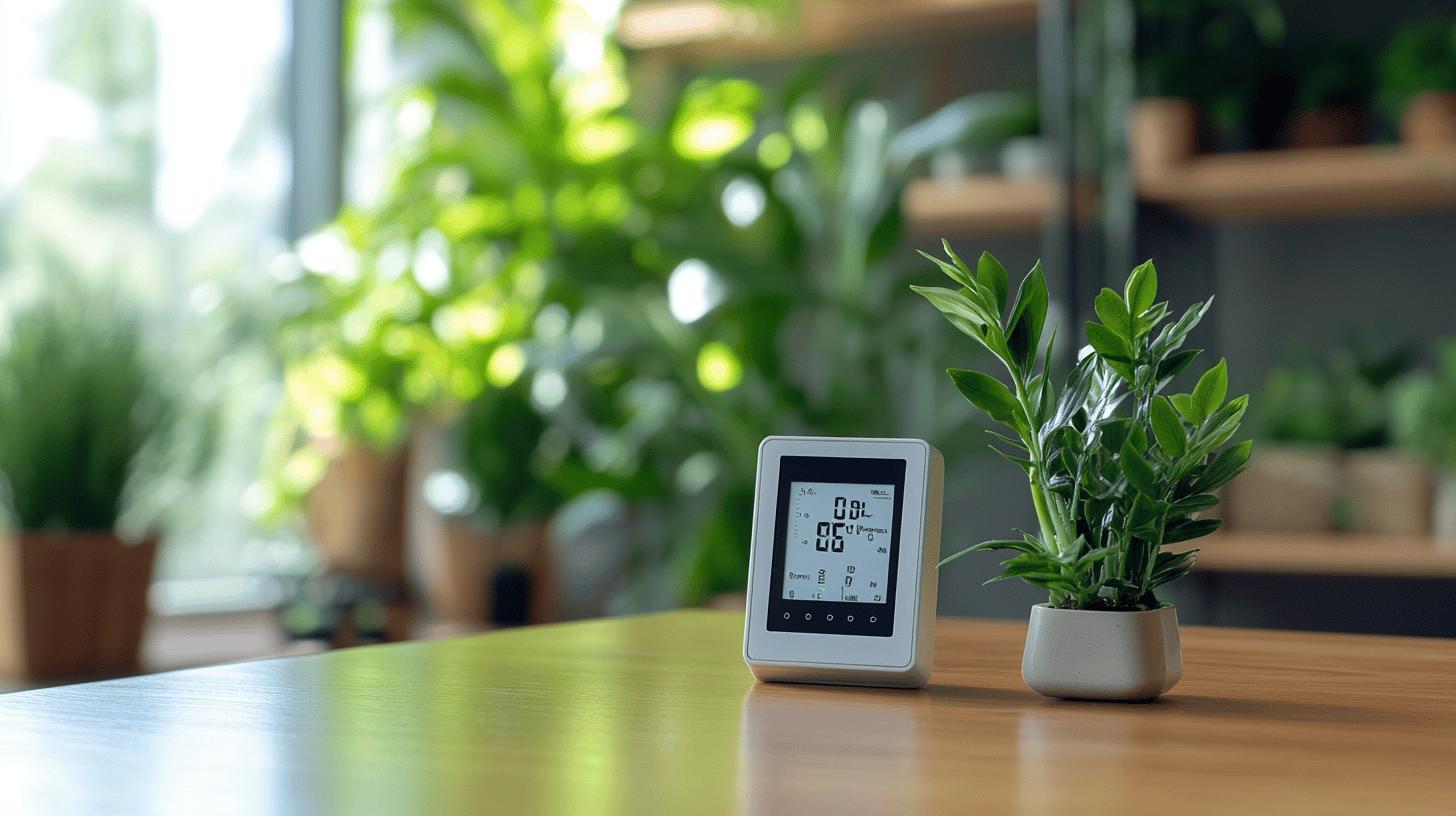School gyms are busy places. They echo with the sounds of bouncing balls, running feet, and excited shouts. But all that noise can be a real problem, making it hard to hear and even causing headaches. This is where acoustic underlays come in, a simple but clever way to make these spaces much quieter and more pleasant for everyone. They work by tackling the noise right at its source, under the floor.
Key Takeaways
- Acoustic Underlays help quiet down noisy school gyms by dealing with sound right under the floor.
- These underlays soak up the shock and noise from things like jumping and running, stopping it from spreading.
- Picking the right underlay means looking at how well it absorbs sound and if it’s tough enough for busy areas.
- You can put acoustic underlays in new buildings or add them to old gym floors, and they work with different floor types.
- Making gyms quieter means better communication, a nicer experience for everyone, and fewer complaints about noise.
.
Understanding Noise Challenges In School Gyms

School gyms, vibrant hubs of activity, often suffer from significant noise problems. The combination of sporting events, physical education classes, and general gatherings creates an environment where noise levels can quickly become disruptive. Let’s look at the main culprits:
Impact Noise From Activities
The most obvious source of noise is the impact of activities. Think about it: basketballs bouncing, feet pounding on the floor during a run, and equipment being dropped. Each of these actions generates vibrations that travel through the floor and structure of the building. This impact noise is particularly problematic because it’s not just loud, it’s also felt, which can be very distracting.
Reverberation And Echo Control
Gymnasiums are typically large, open spaces with hard, reflective surfaces. This creates the perfect environment for sound to bounce around, leading to long reverberation times and noticeable echoes.
The cacophony of voices, the squeak of shoes, and the thud of balls all combine to create a confusing and overwhelming soundscape. This makes it difficult to understand speech, concentrate on tasks, and generally creates a stressful environment for students and staff.
To illustrate the effect of reverberation, consider this:
| Surface Type | Reverberation Time (seconds) |
|---|---|
| Concrete Wall | 2.0 – 3.0 |
| Wood Floor | 1.5 – 2.5 |
| Acoustic Panel | 0.5 – 1.0 |
External Noise Transmission
It’s not just internal noise that’s the problem. External noise sources, such as traffic, nearby construction, or even noise from other parts of the school, can also penetrate the gym. This is especially true if the gym’s walls and windows aren’t adequately soundproofed. This external noise adds to the overall noise level, making it even harder to create a comfortable and functional space. Consider these points:
- Poorly insulated walls allow sound to travel easily.
- Single-pane windows offer little resistance to external noise.
- Gaps around doors and windows act as sound leaks.
.
The Role Of Acoustic Underlays In Noise Reduction
Absorbing Impact Vibrations
Acoustic underlays are specifically designed to tackle impact noise, which is a major issue in school gyms. Think about the constant thud of basketballs, the clatter of dropped equipment, and the general footfall of students. These underlays act as a cushion, absorbing the energy from these impacts before it can transmit through the floor and into the building’s structure. This reduces the amount of noise that travels to other areas, creating a more peaceful environment.
Enhancing Floor System Performance
It’s not just about absorbing noise; acoustic underlays also improve the overall performance of the flooring system. By providing a stable and resilient base, they can help to prevent wear and tear on the main flooring material. This is especially important in high-traffic areas like school gyms, where the floor is subjected to constant use and abuse. Choosing the right sports flooring is crucial for gym acoustics.
Improving Overall Acoustic Comfort
Ultimately, the goal is to create a more comfortable and usable space. Acoustic underlays play a vital role in achieving this by reducing noise levels and improving the overall acoustic environment. This can have a positive impact on students and staff, making the gym a more pleasant place to be. Consider these points:
- Reduced stress levels for students and staff.
- Improved concentration during physical activities.
- A more conducive environment for communication.
.
By minimising the reverberation and echoes within the gym, acoustic underlays contribute to a clearer and more defined soundscape. This makes it easier to hear instructions, have conversations, and generally enjoy the space without being overwhelmed by noise.
Key Features Of Effective Acoustic Underlays
When you’re trying to sort out the noise problem in a school gym, acoustic underlays can be a game-changer. But not all underlays are created equal. Here’s what to look for to make sure you’re getting the best bang for your buck.
Material Composition And Density
The stuff the underlay is made of really matters. You’ll often find they’re made from recycled rubber, foam, or a mix of materials. Denser materials generally do a better job of absorbing sound, but it’s not quite that simple. The composition affects how well it handles different types of noise. For example, a dense rubber underlay might be great for impact noise, while a foam one could be better at soaking up airborne sounds. It’s worth checking the spec sheets to see what frequencies the material is best at dealing with.
Sound Absorption Ratings
This is where the numbers come in. Look for the Sound Absorption Coefficient (SAC) or Noise Reduction Coefficient (NRC) ratings. These tell you how much sound the underlay can absorb. A higher rating means better sound absorption. But remember, these ratings are usually tested in a lab, so the real-world performance might vary a bit depending on the specific installation and the type of flooring you’re using. It’s a good idea to ask for test data that’s relevant to your specific situation.
Durability For High-Traffic Areas
School gyms take a beating. Think about all the running, jumping, and general mayhem that goes on. So, your acoustic underlay needs to be tough enough to handle it. Look for underlays that are specifically designed for high-traffic areas. These will be more resistant to wear and tear, and they’ll maintain their acoustic properties for longer. Check the warranty and see what kind of lifespan you can expect. It’s also worth asking about maintenance requirements – you don’t want something that’s going to be a pain to keep in good condition. High-quality sports flooring prioritises shock absorption to protect athletes’ joints and enhance performance.
Choosing the right acoustic underlay involves balancing sound absorption, durability, and cost. It’s not just about picking the one with the highest rating; it’s about finding the one that’s best suited to the specific needs of your school gym.
Installation Considerations For Acoustic Underlays
Pre-Construction Integration
Getting acoustic underlays sorted before the gym is even built is honestly the best way to go. It means you can factor in the underlay’s thickness when planning floor levels and door clearances. Plus, it’s way easier to install everything when the space is empty and you’re not working around existing equipment or flooring. This approach also allows for better coordination with other trades, like the builders and electricians, to ensure proper sports flooring installation.
Retrofitting Existing Gym Floors
Retrofitting is a bit more of a challenge, but definitely doable. The first thing you’ll need to do is remove the existing flooring. Then, you’ve got to make sure the subfloor is level and clean. Any imperfections will telegraph through the underlay and the new flooring. You might need to grind down high spots or fill in low spots with a levelling compound. It’s also worth checking for any signs of dampness, as moisture can ruin the underlay and the flooring on top. Once the subfloor is prepped, you can install the underlay and then the new flooring. It’s a bit more work than pre-construction, but the results are worth it.
Compatibility With Flooring Types
Not all acoustic underlays work with all types of flooring. For example, some underlays are better suited for use with wood floors, while others are designed for use with vinyl or rubber flooring. It’s important to check the manufacturer’s recommendations to make sure the underlay is compatible with the flooring you’re planning to use. Also, consider the thickness of both the underlay and the flooring, as this can affect the overall height of the floor and how it transitions to adjacent areas.
Here’s a few things to keep in mind:
- Make sure the underlay is suitable for the expected load and traffic in the gym.
- Check the underlay’s fire rating to ensure it meets building codes.
- Consider the underlay’s resistance to moisture and mould, especially in areas prone to dampness.
.
Choosing the right acoustic underlay and installing it correctly can make a massive difference to the sound quality in the gym. It’s worth taking the time to do your research and get it right. A bit of planning can save a lot of headaches (and noise) down the line.
Beyond The Floor: Comprehensive Acoustic Treatments

While acoustic underlays are a great start, sometimes you need to think bigger to really tackle noise problems in a school gym. It’s like treating a cold – sometimes you just need more than cough drops.
Wall Panel Solutions
Wall panels are a really effective way to absorb sound reflections. Think of them as sponges for sound, soaking up echoes and reducing the overall noise level. You can get them in all sorts of sizes, colours, and even with custom prints, so they can actually add to the gym’s look while doing their job. Acoustical wall panels can be strategically placed to target specific areas where sound tends to bounce around the most.
Ceiling Baffles And Clouds
Gyms often have high ceilings, which can make sound problems even worse. That’s where ceiling baffles and clouds come in. These are hung from the ceiling to absorb sound waves before they have a chance to bounce back down.
- Baffles are usually long, vertical panels.
- Clouds are more like flat, horizontal panels.
- Both are good at reducing reverberation.
.
They’re also pretty good at hiding ugly ductwork or pipes, which is a bonus. Consider sports flooring options that complement these treatments for optimal results.
HVAC Noise Mitigation
It’s easy to forget about the noise coming from the heating, ventilation, and air conditioning (HVAC) system. But those units can be surprisingly loud, adding to the overall din in the gym. There are a few things you can do about it:
- Use vibration isolators to reduce the noise from the unit itself.
- Install duct silencers to quiet the airflow.
- Make sure the system is properly maintained to prevent it from getting louder over time.
.
Addressing HVAC noise is often overlooked, but it can make a noticeable difference in the overall acoustic environment of the gym. It’s about creating a space where people can hear each other without shouting, and that includes dealing with all sources of noise, not just the obvious ones.
Benefits Of Quieter School Gym Environments
Quieter school gyms offer a multitude of advantages that extend beyond just reducing noise levels. These benefits touch on improved communication, enhanced safety, and a more pleasant experience for everyone involved. It’s about creating an environment where learning and physical activity can thrive without the constant distraction of excessive noise.
Improved Communication And Safety
In a noisy gym, clear communication is a real challenge. Imagine trying to instruct a team during a basketball game or giving safety instructions during a gymnastics class. The constant din makes it difficult for students to hear instructions, which can lead to misunderstandings, errors, and even accidents. A quieter environment allows for better verbal communication, ensuring that instructions are heard and followed, and that potential hazards can be communicated effectively. This is especially important in activities where safety is paramount. Think about the difference between shouting instructions over the din of a busy gym versus speaking clearly in a space where your voice carries. Effective sound barriers are key to achieving this.
Enhanced User Experience
Let’s face it, nobody enjoys spending time in a space that’s uncomfortably loud. A noisy gym can be a sensory overload, leading to stress, fatigue, and a general sense of unease. By reducing noise levels, we can create a more welcoming and enjoyable environment for students, teachers, and visitors alike. This can lead to increased participation in activities, improved focus, and a more positive overall experience. Consider the impact of sports flooring on the overall acoustics of the space.
Reduced Noise Complaints
School gyms are often located near other classrooms or residential areas, meaning that noise from the gym can easily disrupt other activities. Excessive noise can lead to complaints from teachers, students, and neighbours, creating tension and negatively impacting the school’s relationship with the surrounding community. By implementing acoustic solutions, such as acoustic underlays, schools can significantly reduce noise transmission and minimise the risk of complaints. This not only improves the quality of life for those in and around the school but also helps to maintain a positive image for the institution.
A quieter gym environment contributes to a more conducive learning atmosphere, reduces stress levels, and fosters a greater sense of well-being for all users. It’s an investment in the overall health and happiness of the school community.
Making school gyms less noisy helps everyone. It means kids can focus better during sports and lessons, and teachers can teach without shouting. A calmer gym also makes it safer and more fun for everyone. Want to know more about how we can help make your school gym a better place? Visit our website to see our sports hall flooring installations and refurbishment options.
Wrapping Things Up
So, there you have it. Getting the noise right in a school gym is a big deal, not just for the people using it, but for everyone nearby. It’s not just about stopping loud bangs; it’s about making the whole place work better. Things like special floor mats and wall panels can really help. It’s all about making a space where people can focus on their activities without all that distracting noise. Getting this stuff sorted from the start means a much better experience for everyone, and that’s what we’re aiming for.
Explore acoustic options → Sports Hall Flooring Installations
Frequently Asked Questions
What exactly are acoustic underlays for gym floors?
Acoustic underlays are special mats, often made from rubber, that go under your gym floor. They act like a cushion, soaking up the noise and vibrations from activities like running or dropping weights. This stops the sound from travelling through the floor to other parts of the building or making the gym too loud.
Why are school gyms so noisy in the first place?
Gyms can be really noisy because of all the activities: shoes squeaking, weights clanging, and people talking. Hard surfaces like floors and walls can make these sounds bounce around, creating echoes and making it hard to hear. Acoustic underlays help by absorbing some of this noise right where it starts, on the floor.
Can acoustic underlays be added to an already built gym?
Yes, absolutely! While it’s often easier to put them in when a gym is being built, many acoustic underlays can be added to existing gym floors. This is a great way to make an older gym much quieter without needing a complete rebuild.
What should I look for in a good acoustic underlay?
Good acoustic underlays are usually thick and bouncy, often made of rubber. They should have a good ‘sound absorption rating’, which tells you how well they soak up noise. They also need to be tough enough to handle lots of foot traffic and heavy equipment without wearing out quickly.
Are acoustic underlays enough to make a gym quiet on their own?
While underlays help a lot with floor noise, a truly quiet gym needs more. Think about putting special panels on the walls to stop echoes, or hanging baffles from the ceiling. Even making sure the heating and cooling systems aren’t too loud can make a big difference. It’s about treating the whole room.
What are the main benefits of having a quieter school gym?
A quieter gym means kids can hear coaches better, which is safer. It also makes the gym a nicer place to be for everyone, whether they’re playing sports or just exercising. Less noise means fewer complaints and a better experience for students and staff.


